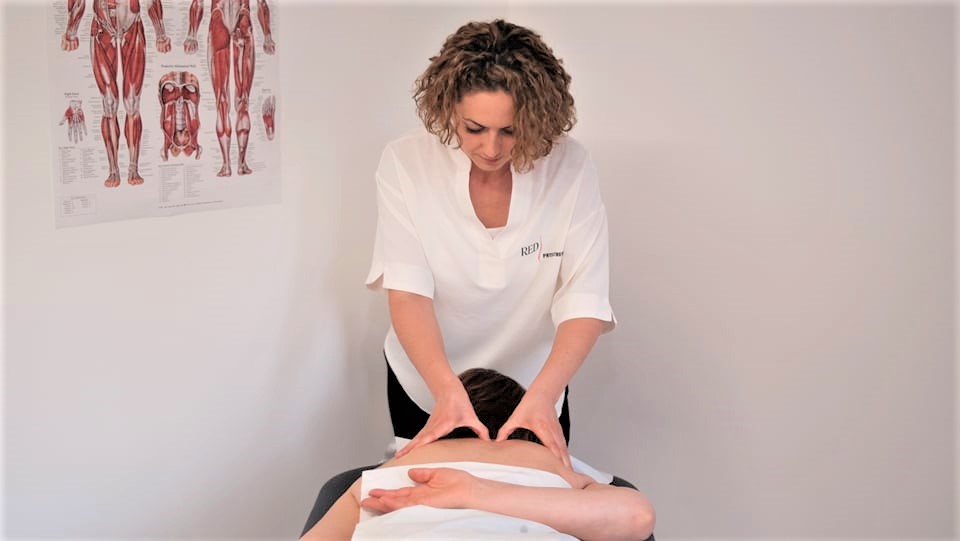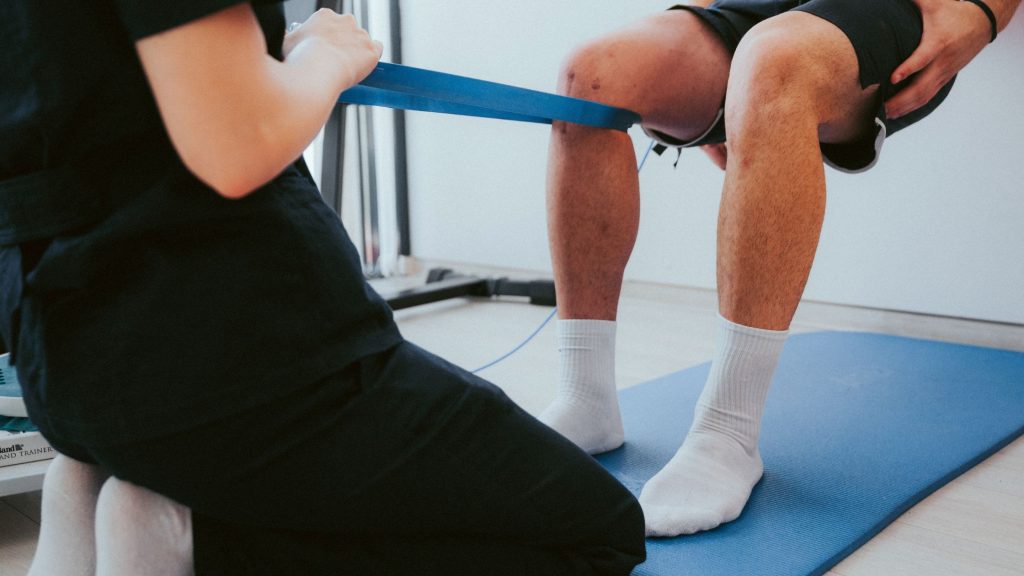
If you’ve ever been to a physiotherapist for an injury, pain, or rehabilitation, one of the first questions that likely popped into your mind was, “How many sessions will I need?” It’s a fair question. After all, physiotherapy requires time, effort, and often financial commitment. However, the answer isn’t as straightforward as a simple number. The number of sessions you need depends on several factors, including the type and severity of your condition, your overall health, your commitment to recovery, and one of the most crucial factors your adherence to a Home Exercise Program alongside your treatment.
There is no universal timeline for physiotherapy because every individual is unique. However, some key factors influence the duration and number of sessions. The nature of your condition plays a crucial role. A minor muscle strain may require only a few sessions, whereas post surgical rehabilitation could take several months. The severity of the injury also matters; acute conditions may resolve faster, while chronic conditions or long standing injuries typically need more sessions. Your body’s healing capacity, including age, fitness level, and overall health, will determine how quickly you recover. Consistency in following the treatment plan is also important. Those who diligently perform prescribed exercises at home and make lifestyle modifications often recover faster. Your physiotherapist will assess your progress and decide whether to continue, reduce, or conclude sessions based on your response to treatment.
While everyone heals at their own pace, there are general estimates for different conditions. Mild injuries like minor sprains or muscle tightness may require three to five sessions. Moderate injuries, such as ligament sprains, tendonitis, or postural issues, may need six to twelve sessions. Severe or chronic conditions, including lower back pain, osteoarthritis, or frozen shoulder, can require twelve to twenty-four or more sessions. Post-surgical rehabilitation, such as ACL reconstruction or joint replacements, can take several months to a year, depending on the procedure. These numbers are not set in stone; some individuals recover faster, while others may need more time. The key to optimal recovery is a combination of hands on physiotherapy and self management strategies at home.
A common misconception is that physiotherapy alone without any effort at home will magically resolve your condition. While passive treatments (like manual therapy, ultrasound, and electrotherapy) can relieve pain and improve mobility, they are only one part of the equation. The real recovery happens when active participation through a Home Exercise Program (HEP) is included.

Passive physiotherapy treatments involve techniques where the patient is not actively involved. These include manual therapy, such as joint mobilization and soft tissue massage; electrotherapy treatments like ultrasound or TENS (Transcutaneous Electrical Nerve Stimulation) to manage pain; heat and cold therapy to reduce inflammation or relax muscles; and taping or bracing to provide external support. While these methods are effective, they only provide temporary relief. If passive therapy is not combined with an active approach, the chances of long term recovery decrease significantly.
A Home Exercise Program (HEP) is a set of exercises prescribed by your physiotherapist to continue your recovery outside the clinic. These exercises are designed to strengthen weak muscles, improve flexibility and mobility, correct imbalances, prevent recurrence of injuries, and enhance overall physical function. Research shows that patients who consistently follow their HEP recover faster and experience long term relief compared to those who rely solely on passive treatments.
When you actively engage in exercises at home, you reinforce the effects of physiotherapy sessions, leading to quicker progress. Your muscles and joints become stronger, reducing dependence on passive treatments. A significant part of physiotherapy is not just healing but also preventing future injuries. HEP helps correct underlying weaknesses and imbalances, reducing the risk of reinjury. Patients who actively participate in their recovery feel more in control of their health. Instead of relying solely on a physiotherapist, you become an active participant in your healing journey. Performing exercises at home may also reduce the number of physiotherapy sessions required, saving both time and money. While passive treatments alone may provide short term relief, long term recovery comes from strengthening and movement. HEP ensures you don’t fall into a cycle of recurring pain or dysfunction.
Despite knowing the importance of home exercises, many patients struggle to stay consistent. Some common reasons include lack of time, boredom, not seeing immediate results, or simply forgetting. If time is a constraint, try short but effective sessions—even ten minutes a day is better than nothing. If exercises feel monotonous, ask your physiotherapist to modify them to make them more engaging. Understand that healing takes time, and consistency is key. Setting phone reminders or integrating exercises into daily routines can help maintain regularity.
So, how many physiotherapy sessions do you need? The answer is different for everyone, but one thing is certain: Your recovery depends not just on what happens in the clinic but also on what you do at home. A combination of passive therapy and an effective Home Exercise Program is the key to seeing long-lasting improvements. Skipping your HEP can slow down your progress, increase the risk of re-injury, and prolong the number of sessions needed.
If you’re currently undergoing physiotherapy, commit to your home exercises, stay consistent, and trust the process. Your body will thank you for it!
Have questions about physiotherapy or need help with a customised Home Exercise Program? Reach out to a qualified physiotherapist to guide you on your recovery journey!
📞 Call 01604 385343 (Northampton) or 01908 713973 (Milton Keynes) or Book Online today!
